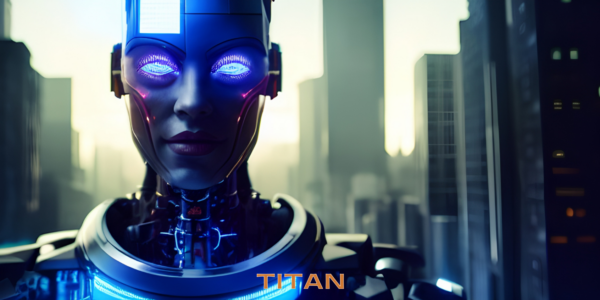Amazon is serious about robots, and they’ve got a new one on the floor: Titan, an autonomous mobile robot that they’ve developed and built in-house. Titan looks like a very big Roomba robot vacuum. It can lift 2,500 pounds, so it’s been ferrying appliances and palettes of goods to employees.
Titan uses the battery system from Hercules, its predecessor (Atlas came before Hercules, if you’re looking for a pattern). It uses the control system, vision, and obstacle detection systems from Xanthus, another earlier robot. It communicates with systems from Proteus. Both Xanthus and Proteus were Greek river gods, in case you’re still looking for patterns. Suffice it to say that Amazon is making good use of its learning in robots.
They also seem to have learned from other experiences. Having been criticized in the press for showing increases in injuries in their automated warehouses, Amazon’s press release on Titan points out that “Company data shows that recordable incident rates and lost-time incident rates were 15% and 18% lower, respectively, at Amazon Robotics sites than they were at its non-robotics sites in 2022.” They also took the opportunity to report that they’ve deployed 750,000 robots while at the same time increasing the number of human workers they employ.
That’s all good news.
Not a humanoid
We notice that Titan is not a general-purpose humanoid robot, though that is the variety that has been grabbing the most headlines recently. Instead, Titan is a simple, purpose-built robot that does one job and does it well.
General-purpose humanoid robots are designed to be adaptable and versatile. They can handle a range of tasks and environments, making them suitable for dynamic and changing work scenarios. Fans say that, being the size and shape of a human, they can easily work in settings built for humans, which would include most factories and warehouses.
But they can also be a Jack of all trades and master of none.
The choice between purpose-built robots and general-purpose humanoid robots depends on the specific needs of the application. Purpose-built robots offer high efficiency for well-defined tasks, while general-purpose humanoid robots provide adaptability and versatility for dynamic and multifaceted environments. The decision often hinges on the balance between task-specific optimization and the requirement for flexibility in the robotic system.
We’re glad to see that both types of robots continue to be developed.
